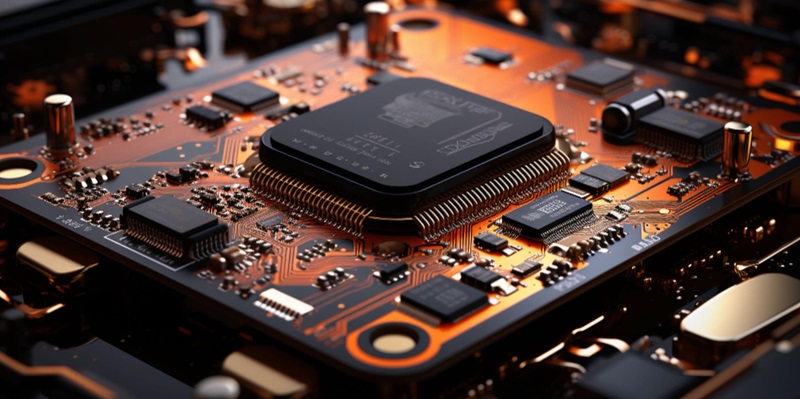The Loongson 3A6000 CPU, developed specifically for China’s domestic PC market, has made significant strides by reaching performance parity with Intel’s 14th Gen CPUs in clock-to-clock tests. This achievement positions the Loongson 3A6000 as a promising contender in the fiercely competitive processor market.
Performance parity with Intel’s 14th Gen CPUs
In a preview of the Loongson 3A6000 CPU, it was demonstrated that the chip was capable of achieving Instruction-per-Clock (IPC) performance on par with the latest Intel and AMD desktop CPUs. Building on this promising performance, additional tests have been conducted to further showcase the processor’s capabilities.
Tests Showing Capabilities of the Loongson 3A6000
Benchmark measurements were performed using SPEC CPU 2006 and UnixBench, two widely recognized benchmarks for evaluating CPU performance. These tests provided in-depth insights into the Loongson 3A6000’s performance and its comparison with Intel CPUs.
Benchmark performance within SPEC CPU 2006
1. Single-Core Performance: The Loongson 3A6000 showed an impressive improvement of up to 75% over its predecessor, the 3A5000, in single-core tests. This substantial boost indicates the significant advancements made in CPU design and efficiency.
2. Multi-Core Performance: Continuing its performance prowess, the Loongson 3A6000 exhibited a nearly twofold increase in multi-core tests compared to its predecessor, the 3A5000. Additionally, it showcased performance levels comparable to Intel’s Core i3-10100 (4.3 GHz) CPU.
Performance comparison with Intel CPUs
To ensure a fair comparison, the Loongson 3A6000 was pitted against Intel’s Core i3-10100 and Core i5-11600K CPUs at the same clock speeds of 2.5 GHz. The results were remarkable.
1. Integer Tests: The Loongson 3A6000 outperformed the Core i3-10100 CPU with a substantial lead of up to 40% in integer tests. This impressive performance leap highlights the processor’s capability to handle demanding computational tasks efficiently.
2. Floating Point Tests: Although slightly trailing behind the Core i5-14600K CPU in floating-point tests, the Loongson 3A6000 showcased commendable performance, indicating its potential for a wide range of applications.
CPU clock speeds and cooling
The Loongson 3A6000 CPU is designed to operate at a maximum clock speed of 3 GHz. However, achieving this clock speed requires specialized LN2 cooling. It’s important to note that future generations of the chip may witness further clock speed improvements without requiring extreme cooling solutions.
UnixBench Performance Results
Consistent with the SPEC CPU 2006 tests, the UnixBench benchmarks echoed the competitive performance of the Loongson 3A6000 CPU. These results reinforce the notion that this processor has all the right ingredients to establish itself as a formidable competitor in China’s domestic market.
With clock-to-clock tests revealing impressive performance parity with Intel’s 14th Gen CPUs, the Loongson 3A6000 CPU has positioned itself as a promising and competitive solution for China’s domestic PC market. The significant performance uplift over its predecessor, coupled with the potential for future clock speed improvements, lays a strong foundation for the success of the Loongson 3A6000. As China continues to enhance its domestic technology ecosystem, the Loongson 3A6000 CPU is poised to contribute to its growing technological prowess.

